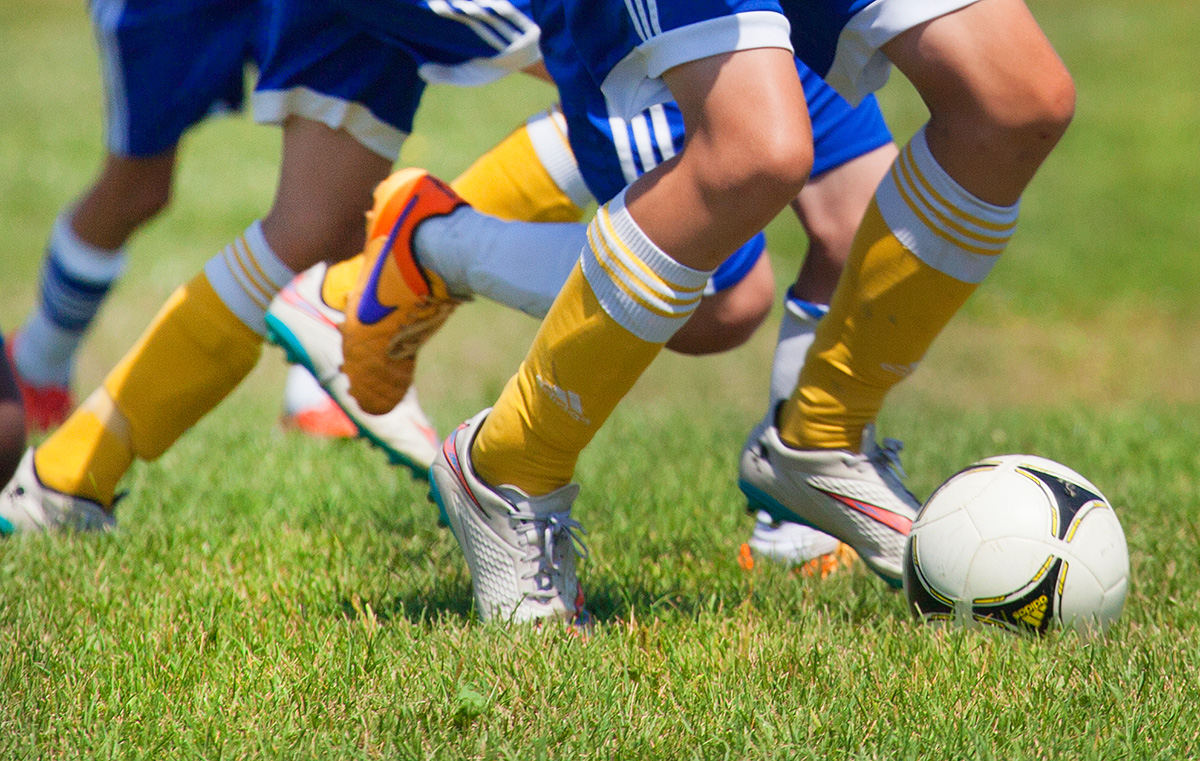Our active kids
Spring and summer are an exciting time for our active kids. It’s also a busy time in rehab and sports injury clinics as we shift from indoor surfaces to fields and from skating to running. In our clinic we see an influx of kids, particularly 9-13 year olds, experiencing foot and ankle pain shortly after the weather improves. Parents wonder: does my kid need orthotics or braces? Physiotherapy? Should they just rest an injury?
A contributing factor to foot and ankle injuries if often tight calf musculature. Tight calves and poor lower leg mechanics often go together. The tightness in the calf causes alterations in gait, including “bouncy” gait where the child walks or runs on his/her toes, until they make a more permanent alteration in their gait such as out-toeing where the child walks with their toes pointed out, which is often accompanied by overpronation, or a rolling inward of the ankle. This can lead to soft tissue overuse syndromes, such as Achilles and tibialis posterior tendinopathy, or plantar fasciopathy. These injuries respond well to custom orthotics combined with proper strengthening and stretching of the calf and intrinsic foot muscles.
Tight calves and poor lower leg mechanics often go together.
As the warm weather doesn’t last forever in Canada, there is extra pressure to get back to playing as soon as possible after an injury. For ankle sprains, taping and bracing are common treatment modalities and help reduce strain on injured soft tissue. For repetitive strain injuries of the foot and leg, custom orthotics or contoured inserts can support the foot and reduce the impact of ground reaction forces on joints and soft tissues.
For a successful return to sport, it is advisable to work with a professional such as a physiotherapist, athletic therapist or a personal trainer to strengthen damaged tissue. Parents might question when it is appropriate to seek professional treatment of their child’s injury instead of simply resting the injury: is the injury serious enough to look into braces or physiotherapy? Parents need to look for subtle cues from their child, like reluctance to participate in gym class, or staying indoors when their friends are playing outside (or just generally complaining more than usual). If you suspect your child has an injury that is holding them back from being active, have it assessed by a health practitioner you trust.

